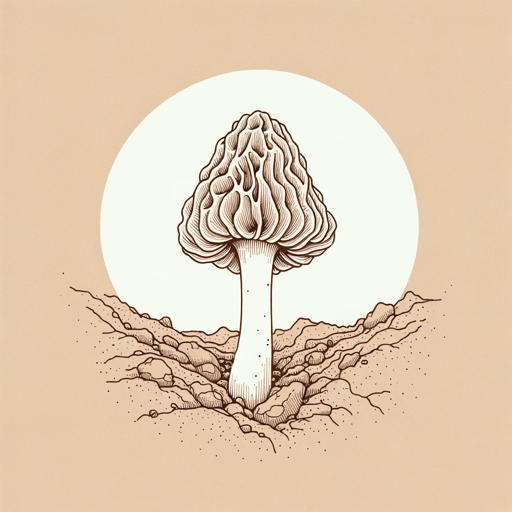56 pages • 1 hour read
Cormac McCarthyThe Road
Fiction | Novel | Adult | Published in 2006A modern alternative to SparkNotes and CliffsNotes, SuperSummary offers high-quality Study Guides with detailed chapter summaries and analysis of major themes, characters, and more. For select classroom titles, we also provide Teaching Guides with discussion and quiz questions to prompt student engagement.
Symbols & Motifs
Dreams
“When your dreams are of some world that never was or of some world that never will be and you are happy again then you will have given up,” says the man to the boy (189). The Road is punctuated by dreams that serve as mental barometers for the survivability and mental health of the characters, and the author does little to undermine or complicate his leading character’s distrust of dreams and fantasy. When the characters are healthy and at full alert, they wake screaming in the middle of the night with terror of vast, unnamed shapes. When they become sick, they begin to dream of long-lost comforts.
As a genre of writing fiction, realism has a surprisingly short history, going back only to the 19th Century. In every instance, realism is a reaction to any given era’s tendency toward fantasy, whether that fantasy is grounded sentimentalism or wilder speculative fiction. Consequently, realism is among the most changeable of genres, where one era’s hard-bitten pragmatism becomes the next era’s sentimental hogwash. Although McCarthy’s work is filled with real terrors, he punctuates his realism with moments of surreal, dream-like violence.
Related Titles
By Cormac McCarthy
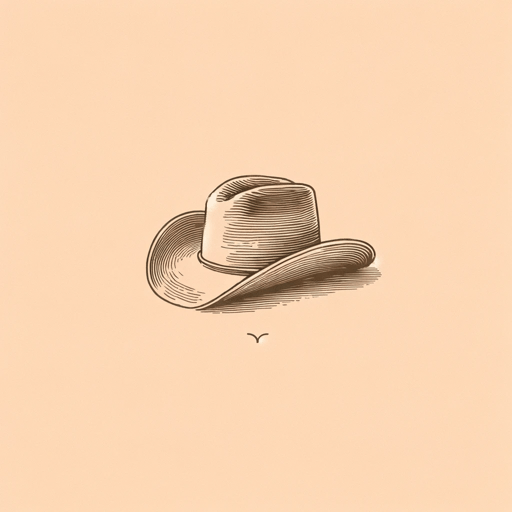
All The Pretty Horses
Cormac McCarthy
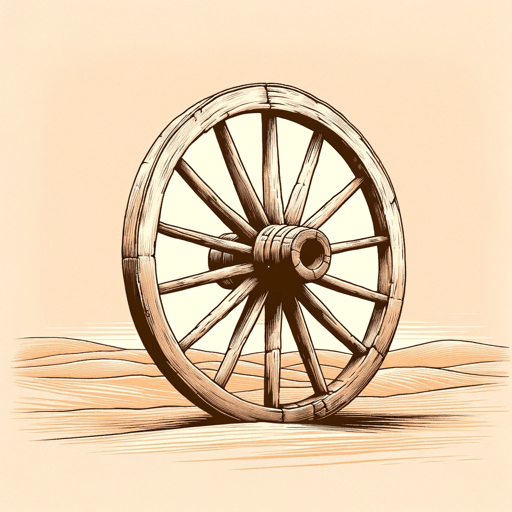
Blood Meridian
Cormac McCarthy

Child of God
Cormac McCarthy

Cities of the Plain
Cormac McCarthy
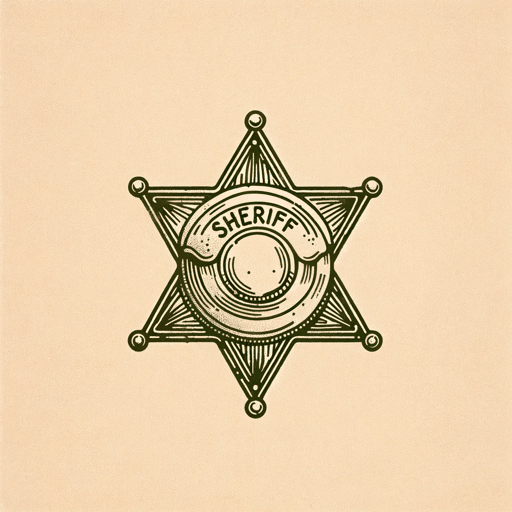
No Country for Old Men
Cormac McCarthy
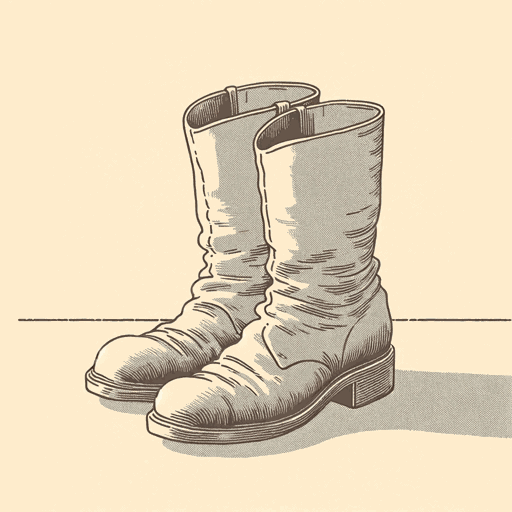
Outer Dark
Cormac McCarthy

Stella Maris
Cormac McCarthy
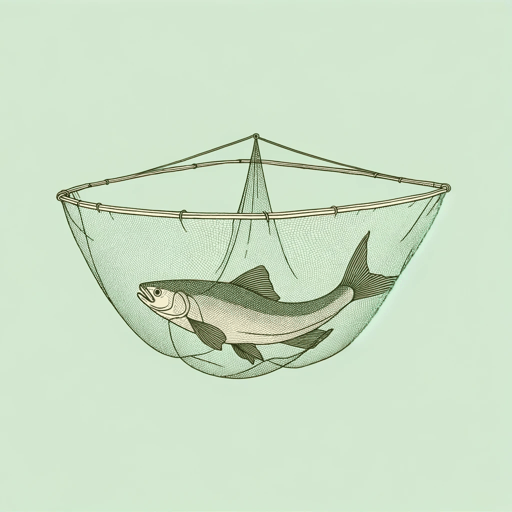
Suttree
Cormac McCarthy
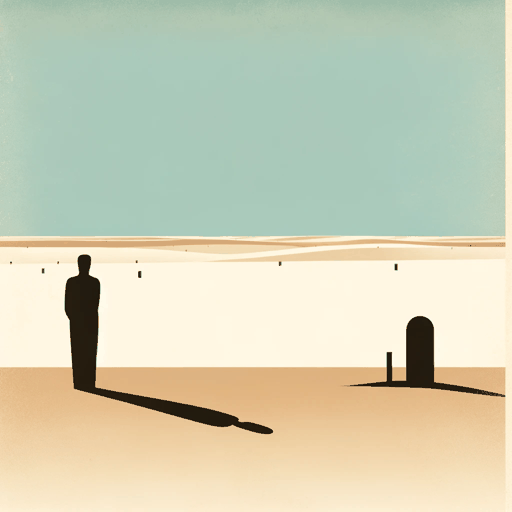
The Crossing
Cormac McCarthy
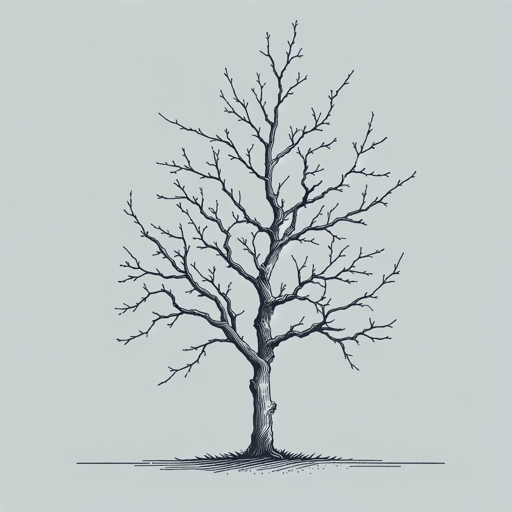
The Orchard Keeper
Cormac McCarthy

The Passenger
Cormac McCarthy
